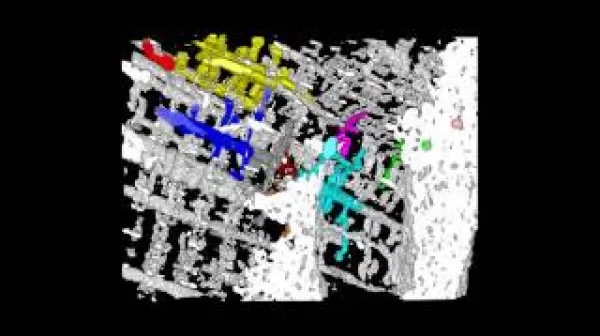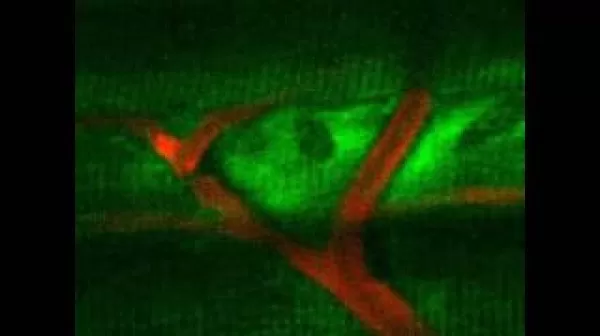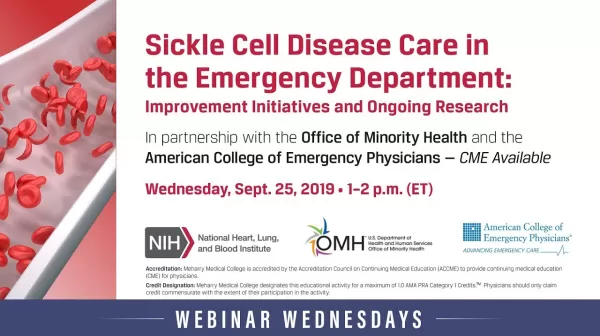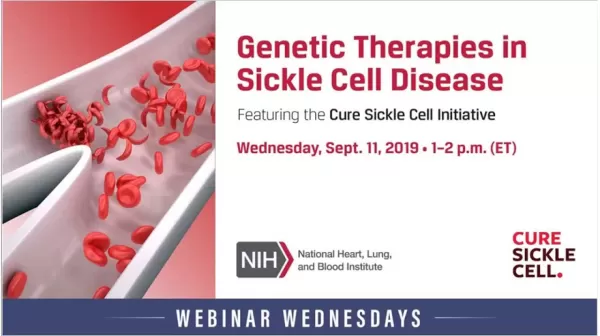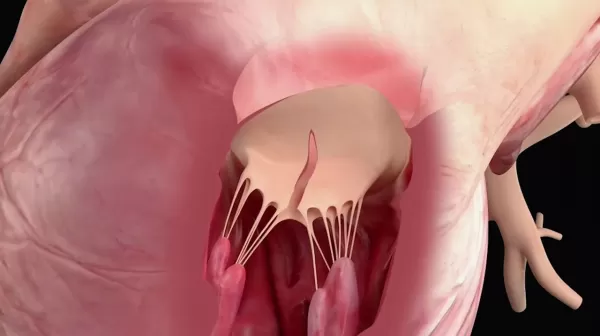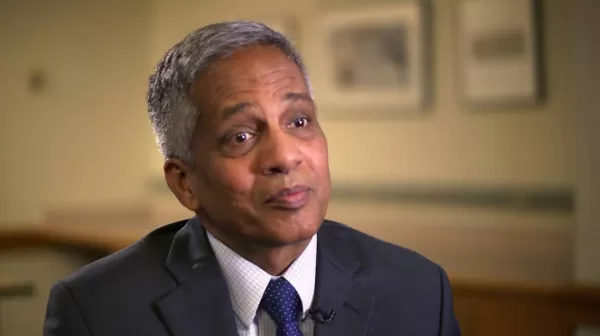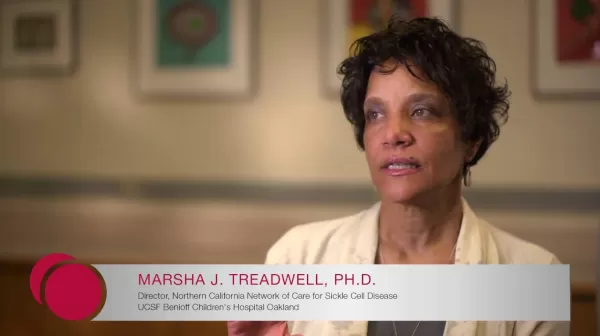Skeletal Muscle Mitchondrial Network of a Live Mouse
Watch a 3D rendering of a portion of the skeletal muscle mitochondrial network rotate 360 degrees. Non-white colors indicate individual mitochondria. Brian Glancy, PhD, recently demonstrated that skeletal muscle mitochondria form a highly connected network resembling that of an electrical power grid and, indeed, were capable of electrical conduction of the mitochondrial membrane potential throughout the cell. The discovery of this rapid energy distribution mechanism overturned longstanding ideas regarding diffusion as the primary energy distribution pathway in skeletal muscle.

